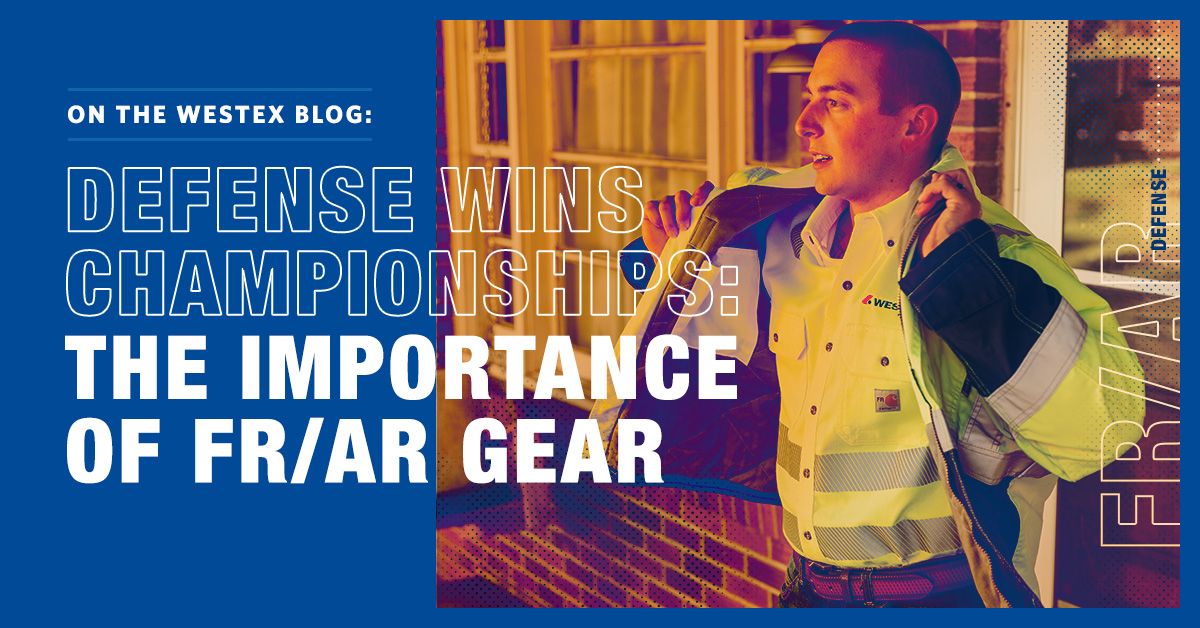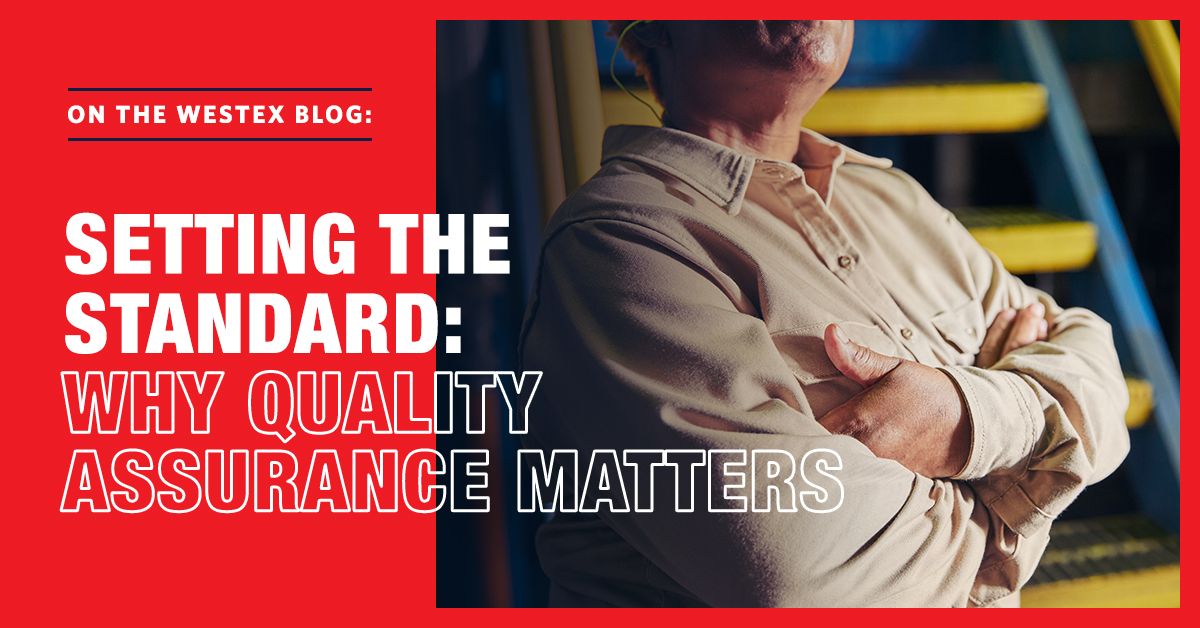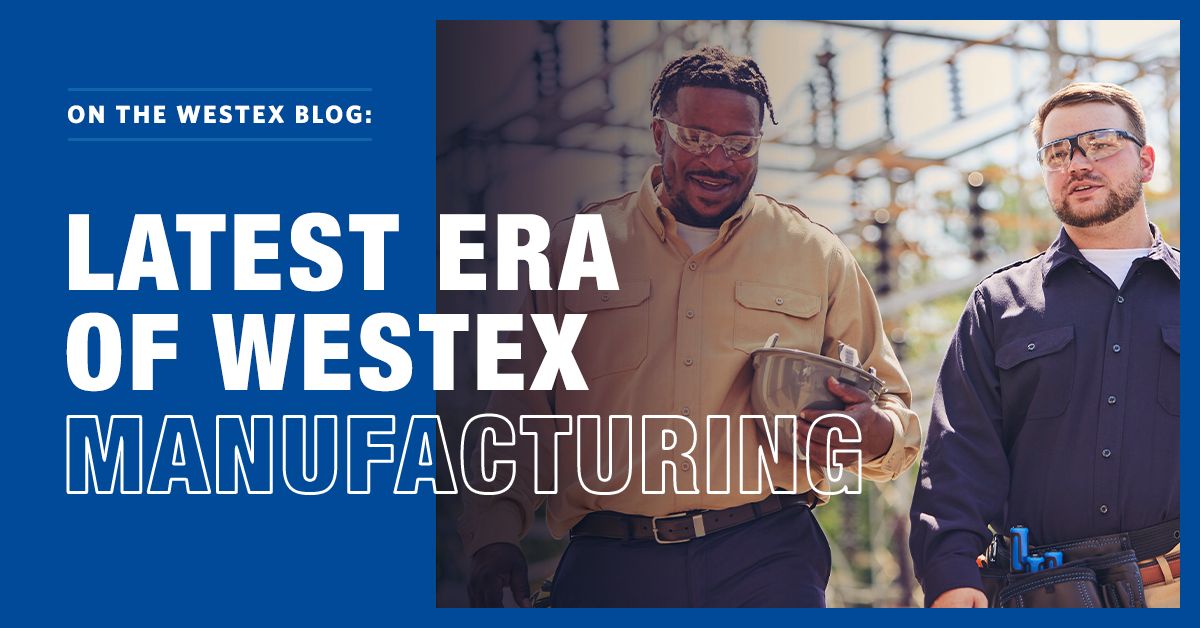
Defense Wins Championships: The Importance of FR/AR Gear
GeneralFR TechnicalFR Fabric EducationFerrous Metals & Welding Protection 13 Mar 2023
Are you a March Madness fan? It’s been said that offense wins games, but defense wins championships. And we agree. Selecting protective gear that defends your workers in a complex market full of standards is difficult—so we’re creating an easy-to-learn logic to help you and your employees stay protected.
Much like your favorite basketball team’s 2-3 zone defense, FR/AR products function in two distinct roles to defend against three thermal hazard “zones.”
Protection can never miss a play. Keep reading and find out how to game-plan against disaster.
Learning your Players.
FR/AR clothing serves a dual purpose. As part of a comprehensive protection plan against thermal hazards, these fabrics are designed to limit thermal exposure time and provide insulation to mitigate burn injuries.
Regardless of the hazard, this clothing must offer self-extinguishing and insulating properties to align with industry safety standards. The two roles work together to reduce both burn extent (the overall burn percentage) and burn severity. With the zone defense shutting down potential “big plays,” chances of survival and recovery increase drastically.
Self-Extinguishing the Hot Streaks
Arguably the most important job, FR/AR clothing’s self-extinguishing properties ensure that the wearer is protected following the removal of an ignition source. A common characteristic of short-term thermal hazards, the ignition source is powerful but fleeting. If you aren’t wearing FR/AR fabric, your clothes can act as fuel and continue to burn. These self-extinguishing properties are the most critical components of FR/AR clothing—no matter the thermal hazard you may face.
When wearing proven FR/AR fabric, protective properties are woven directly into the garment. When cared for properly, it will remain flame resistant for the life of the garment.
Insulating against Exposure.
While their primary role is to limit exposure to thermal hazards, FR/AR garments also provide insulation to reduce the severity of burns during an incident. Depending on the industry you’re in, there are different standards that your FR/AR garments (read: the fabric) must meet.
Some standards to reference are:
- NFPA 70E® and ASTM F1506 for arc flash
- NFPA® 2112 and 2113 for flash fire
- ASTM F1002 for secondary PPE’s molten metal splash protection
Keep in mind, these consensus standards provide minimum fabric performance requirements. It’s important to do your own research and analyze performance in the field before making a fabric selection.
Arc Flash Hazards: Arc flash insulation is provided by the FR fabric’s arc rating, which indicate the fabric’s performance for protecting against second-degree burns during an arc flash incident. Measured in cal/cm2, these ratings:
- Give the incident energy when there is a 50% likelihood of energy transfer through the fabric to predict second-degree burn onset
- Determine a garment’s PPE category
- Supplies the information you need to select appropriate FR/AR clothing for the task at hand!
Knowing the correct PPE’s arc rating is greater than or equal to your task’s anticipated incident energy will help effectively insulate the wearer.
Flash Fire Hazards: Flash fire insulation is assessed through body burn percentages at the three-second exposure test, conducted via ASTM F1930: Thermal Manikin Test. The fabric must achieve 50% or less body burns to comply with NFPA 2112. The lower the percent body burn at three seconds the more insulative the FR fabric.
Molten Metal Splash or Welding Slag Hazards: Splash or slag insulation is assessed by the fabric’s ability to shed molten metal from its surface without sticking. A qualified safety professional conducting an on-site splash test helps determine the fabric’s ability to shed a certain amount of a specific alloy of molten metal and specify what type of PPE is required for a task.
Be Prepared for Gametime.
The self-extinguishing and insulating properties of FR/AR fabrics are vital in providing workers with a final layer of defense when disaster strikes. So, stick to the 2-3 zone. Know the fundamentals and know the roles of your gear. And remember, offense wins games, but defense wins championships.
…but no one wins without assists: contact your regional Westex representative for more information about how to implement your personalized zone defense approach.


